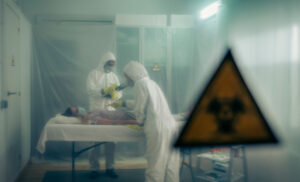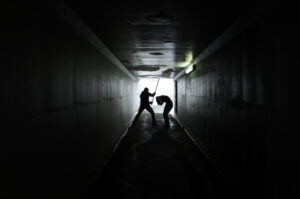When an EA-6B Prowler aircraft left the Aviano Air Base in northeastern Italy on February 3 1998, it was a routine assignment for pilot Captain Richard Ashby, his navigator Captain Joseph Schweitzer and two crew members. The Prowler – call sign ‘Easy 01’ – was a twin-engine jet used for electronic warfare belonging to the US Marine Corps. It should have been a mission that passed without incident but constraints imposed by military regulations were ignored, either by accident or design, with disastrous consequences.
Easy 01 was flying considerably faster – at 805 kph (500 mph) – and much lower at 110 m (360 ft) than it should have been. As the Prowler scorched through the valley near Cavalese in the Italian Dolomites it hit and severed cables supporting a moving cable car, sending the gondola crashing to the ground and killing all 19 passengers plus the operator. The plane had wing and tail damage but returned safely to base.
Military personnel all too often escape the consequences of reckless or illegal actions, and so it proved. A US court martial accused Ashby and Schweizer of negligent homicide and involuntary manslaughter, but they claimed on-board maps did not show the cables, they were unaware of speed restrictions and the plane’s altimeter wasn’t working. Even though the pilot admitted to flying at 300 m (1,000 ft) when the official minimum was 610 m (2,000 ft), both were dubiously acquitted.
This outraged public opinion in Italy, where the disaster was christened Strage de Cermis (Massacre of Cermis), after the adjacent mountain. There was a surge of anti-American feeling, hardly appeased when the two men were subsequently convicted on lesser charges of obstructing justice and conduct unbecoming of a gentleman for destroying the in-flight videotape. They were dismissed from the service, with Ashby getting a six-month prison sentence.
When: February 3 1998
Where: Near Cavalese, Trento, Italy
Death toll: 20 dead (all adults, from six different countries).
You should know: Cavalese wasn’t the safest of places to ride a cable car. In a previous incident in 1976 a steel cable broke, sending a cabin plunging down the mountainside. The heavy overhead assembly then crashed down on top. One 14-year-old girl survived the world’s worst cable-car accident, 42 died.






















